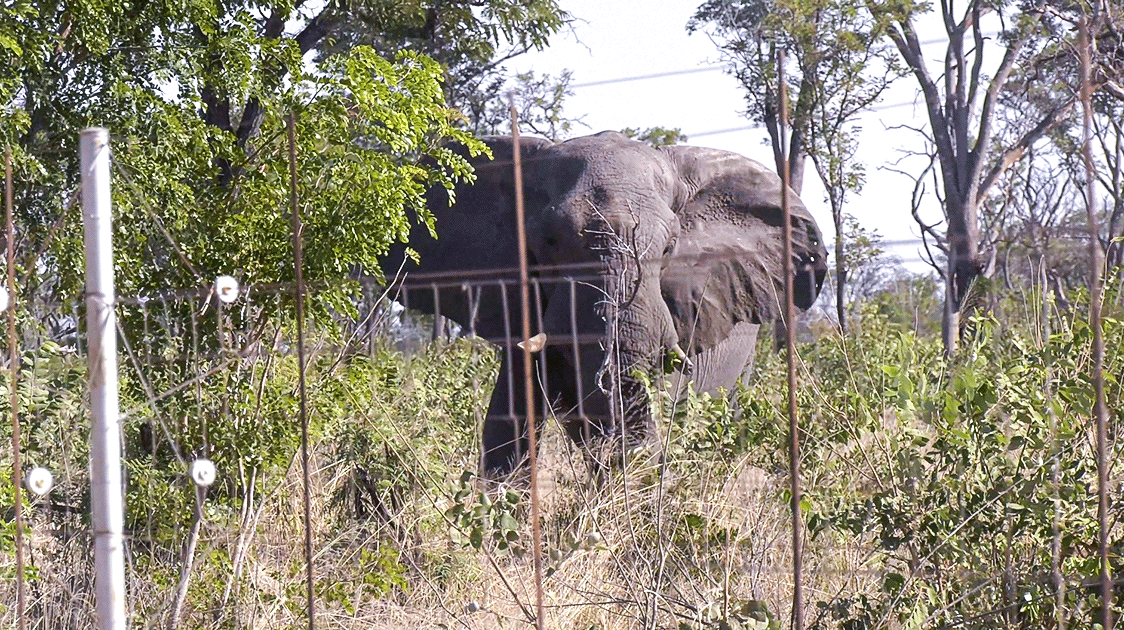Fence Sitting

By Zig Mackintosh
Landscape conservation is more important than the fate of individual species but is the idea of human-wildlife coexistence always possible, and at what cost?
A 2013 paper by Craig Packer and 57 other authors, "Conserving Large Carnivores: Dollars and Fence" https://www.researchgate.net/publication/235795662_Conserving_large_carnivores_Dollars_and_fence examines the costs of African lion conservation. Their justification for focusing on a single species is that top predators can only flourish in healthy ecosystems, the "canary in the cage", if you will.
Contrasting management practices across 42 sites in 11 countries were examined.
In summary, the study found that:
- Fenced reserves can maintain lions at 80% of their potential densities on annual management budgets of $500 sq. km.
- Unfenced populations require more than $2,000 sq. km to attain half their potential densities.
- Lions in fenced reserves are primarily limited by density dependence, but lions in unfenced reserves are highly sensitive to human population densities in surrounding communities, and unfenced populations are frequently subjected to density-independent factors.
- Many smaller fenced reserves must "remove" excess lions to stabilize ungulate numbers.
- Fenced lion populations were less sensitive to human densities in adjacent areas than unfenced populations. This was presumed to be because fencing reduces poaching, minimizes habitat loss, curtails illegal grazing and prevents direct human-lion conflict.
- Fencing has so far only been effected in a few African countries because of aesthetic objections, financial costs and the impracticality of enclosing large-scale migratory ungulate populations.
- Many of the best-financed reserves are too small to sustain long-term ecosystem processes without frequent and costly management interventions, and a 10- to 100-fold increase in management budget will be required to maintain many of the reserves that are not yet fenced.
- Under current financial practices in Africa, only a small proportion of tourism revenues are directly available to park managers, and trophy hunting rarely raises more than $1,000 per sq. km.
- Finding financial solutions to the long-term conservation of Africa's largest remaining intact ecosystems is crucial.
These findings are unsurprising: African conservation is expensive, and pressure on natural resources is increasing with an exploding human population.
Human-wildlife conflict will be with us as long as the two live side-by-side; it's a question of how it's managed.
Fencing is appropriate under certain circumstances and dependent on available funding; that's it.
Where the funding originates from is irrelevant, photo tourism, hunting or donations.
Zero funding: zero conservation. Something really is better than nothing.
There's no perfect resolution, and there never will be.
This is not rocket science.

Comments ()